The high bar squat is a foundational strength-training exercise renowned for targeting the quadriceps, glutes, and core while promoting athletic performance. Unlike the low bar squat, which positions the bar lower on the back, the high bar squat placement emphasizes an upright torso and deeper range of motion. Proper execution hinges on understanding the nuances of high bar squat form, technique, and bar positioning. This guide breaks down everything you need to know to perfect your high bar squat.
High Bar Squat Form: Mastering the Fundamentals
The high bar squat form prioritizes vertical alignment and full-body engagement. Key elements include:
-
Bar Placement: Rest the barbell directly atop the trapezius muscles, just below the base of the neck. This high bar placement ensures the weight aligns with your center of gravity.
-
Foot Stance: Position feet shoulder-width apart, toes slightly turned out (10–15 degrees).
-
Posture: Maintain a neutral spine, chest upright, and gaze forward to avoid rounding the back.
Proper form minimizes joint strain and maximizes muscle activation in the quads and posterior chain.
High Bar Squat Technique: Step-by-Step Execution
-
Setup:
-
Step under the bar, ensuring it rests securely on your upper traps (high bar position).
-
Grip the bar slightly wider than shoulder-width, elbows tucked downward.
-
-
Unracking:
-
Lift the bar off the rack, take 1–2 steps back, and stabilize your core.
-
-
Descent:
-
Initiate the movement by “sitting down” (not back), keeping knees aligned with toes.
-
Lower until thighs are parallel to the floor or lower, maintaining an upright torso.
-
-
Ascent:
-
Drive through your heels, engaging glutes and quads to return to standing.
-
This high bar squat technique ensures efficient force transfer and reduces injury risk.
High Bar Squat Placement: Where Should the Bar Sit?
The high bar squat bar placement is non-negotiable for proper execution. The bar must rest on the meaty portion of the upper traps, not the bony spine of the shoulders. Misplacement can lead to:
-
Excessive forward lean (compromising form).
-
Neck or shoulder discomfort.
Pro Tip: Use a hands-width grip to stabilize the bar without overextending the wrists.
Common High Bar Squat Mistakes to Avoid
-
Bar Too High/Low: Placing the bar on the neck or too low shifts balance, straining the spine.
-
Heel Lift: Rising onto the toes indicates poor weight distribution; press through the full foot.
-
Forward Knee Travel: While some knee movement is natural, excessive forward shift stresses the joints.
Benefits of Perfecting Your High Bar Position
-
Enhanced Quad Development: The upright torso emphasizes quad engagement.
-
Improved Mobility: Deep squats boost ankle, hip, and thoracic spine flexibility.
-
Athletic Carryover: Mimics movements like jumping, benefiting sports performance.
Conclusion: How to High Bar Squat Safely and Effectively
Mastering the high bar squat requires attention to bar placement, posture, and movement patterns. By refining your high bar squat technique and avoiding common errors, you’ll build lower-body strength efficiently. Start with lighter weights to groove the movement, and prioritize mobility work to achieve optimal depth. Whether you’re an athlete or fitness enthusiast, the high bar squat is a cornerstone lift worth perfecting.

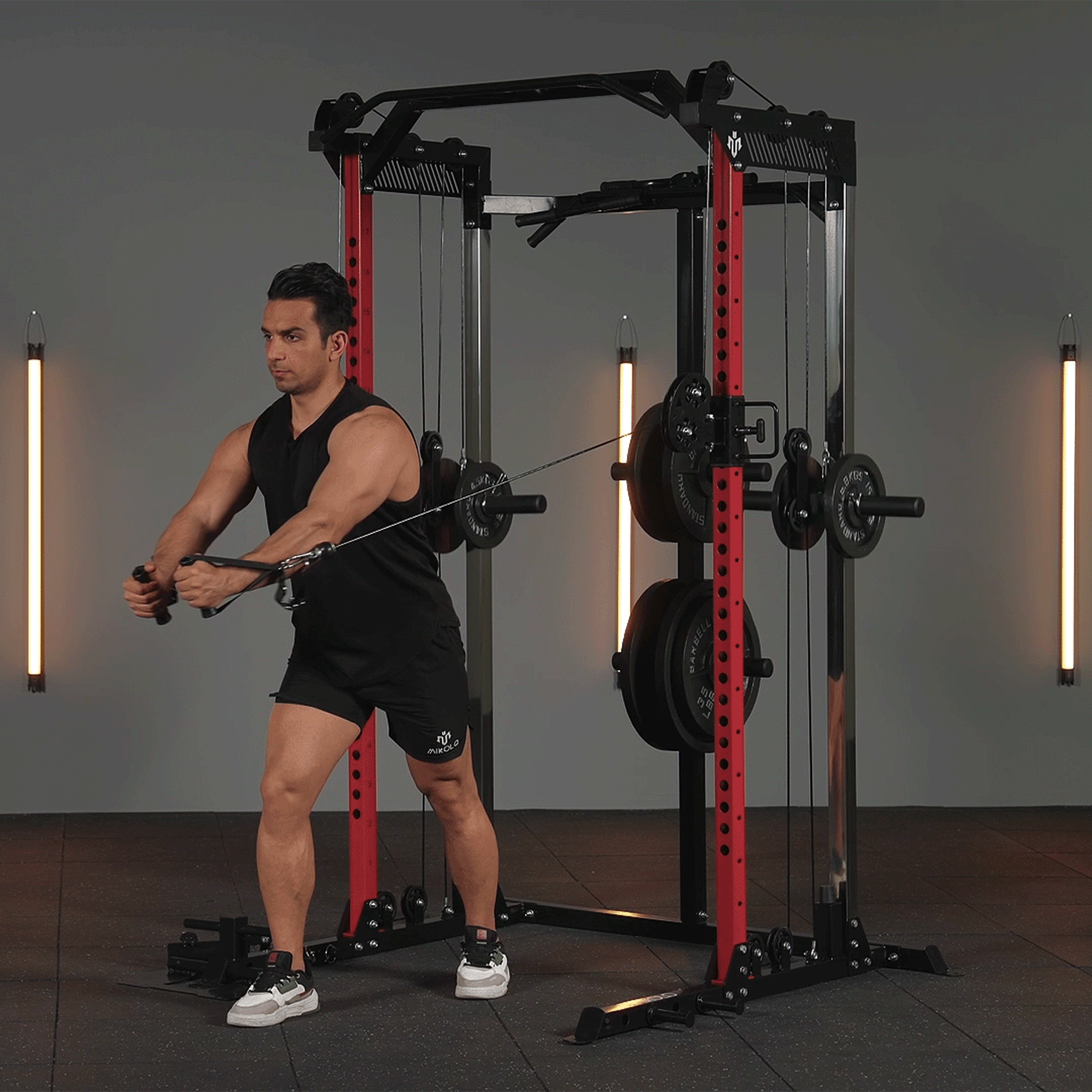









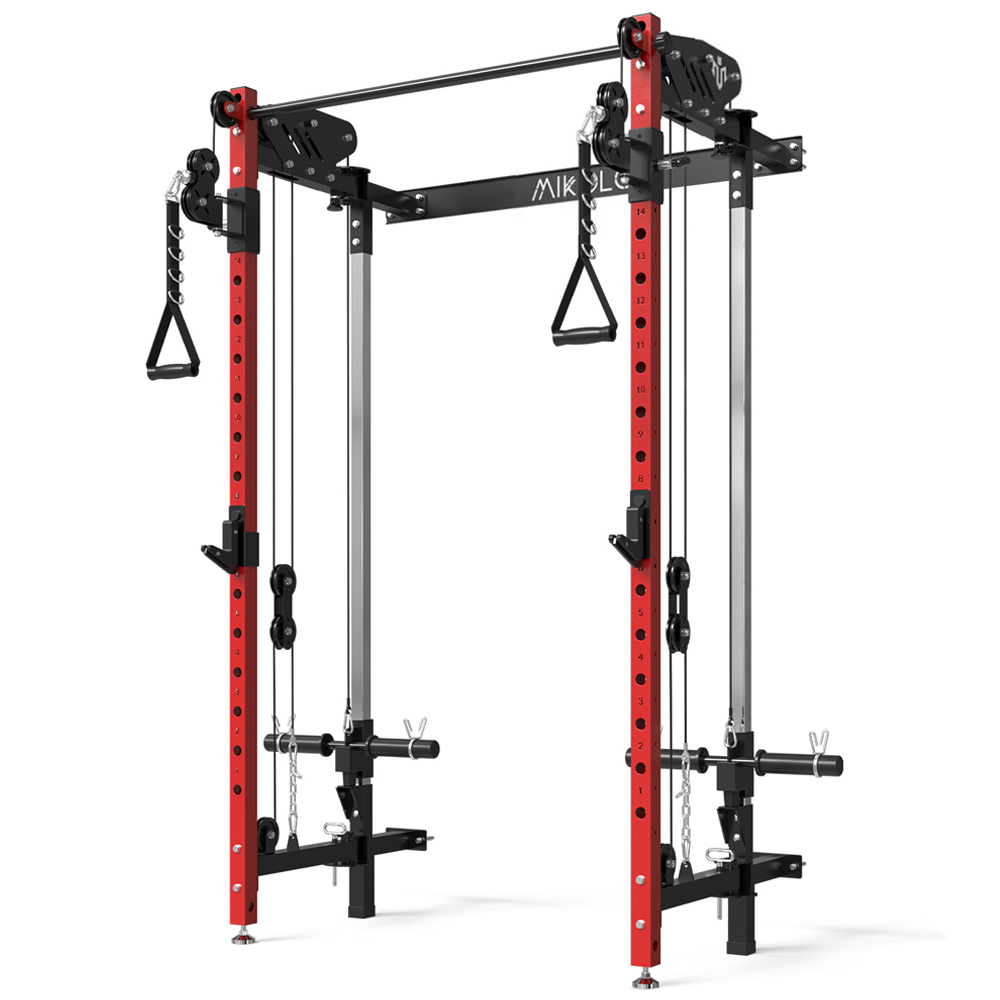
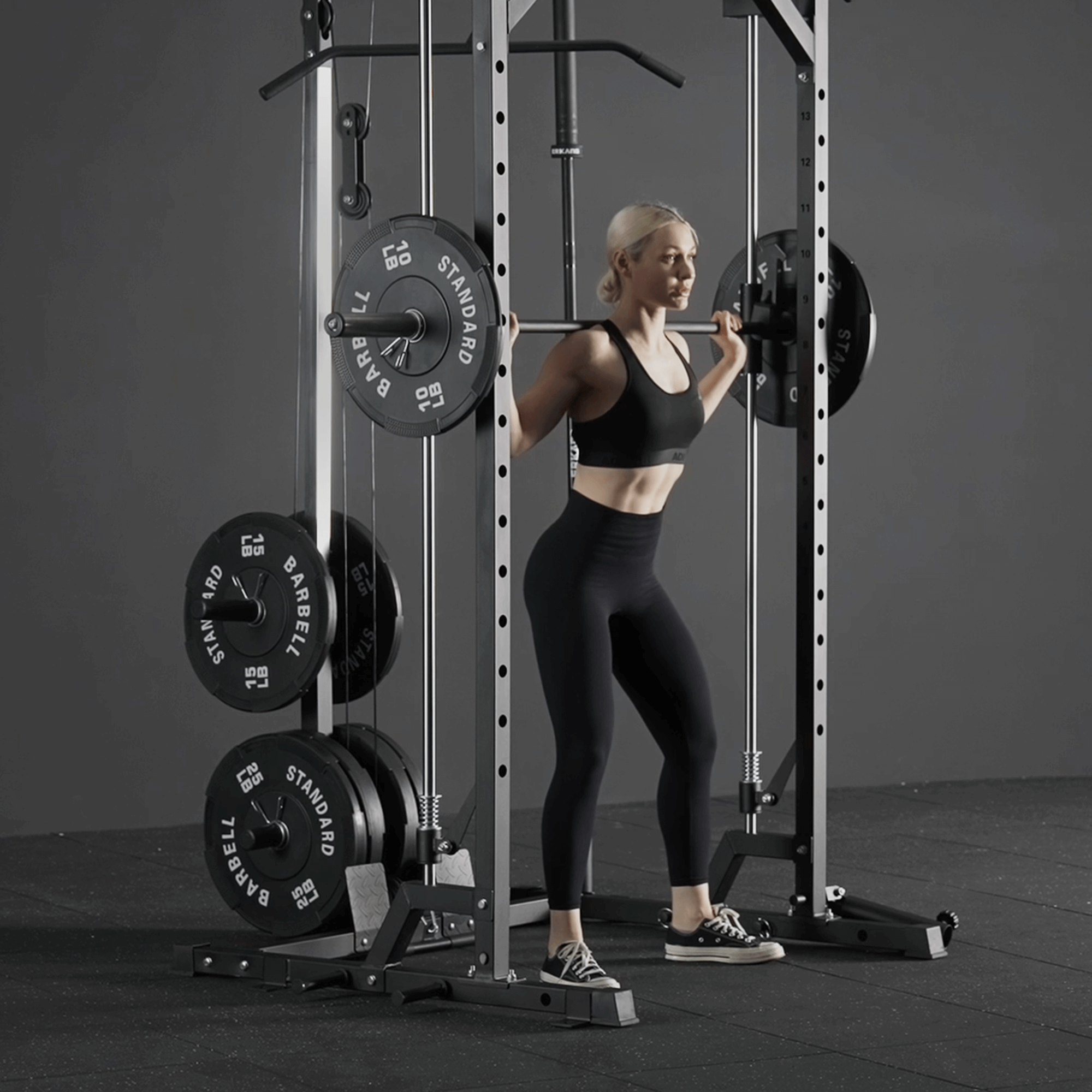





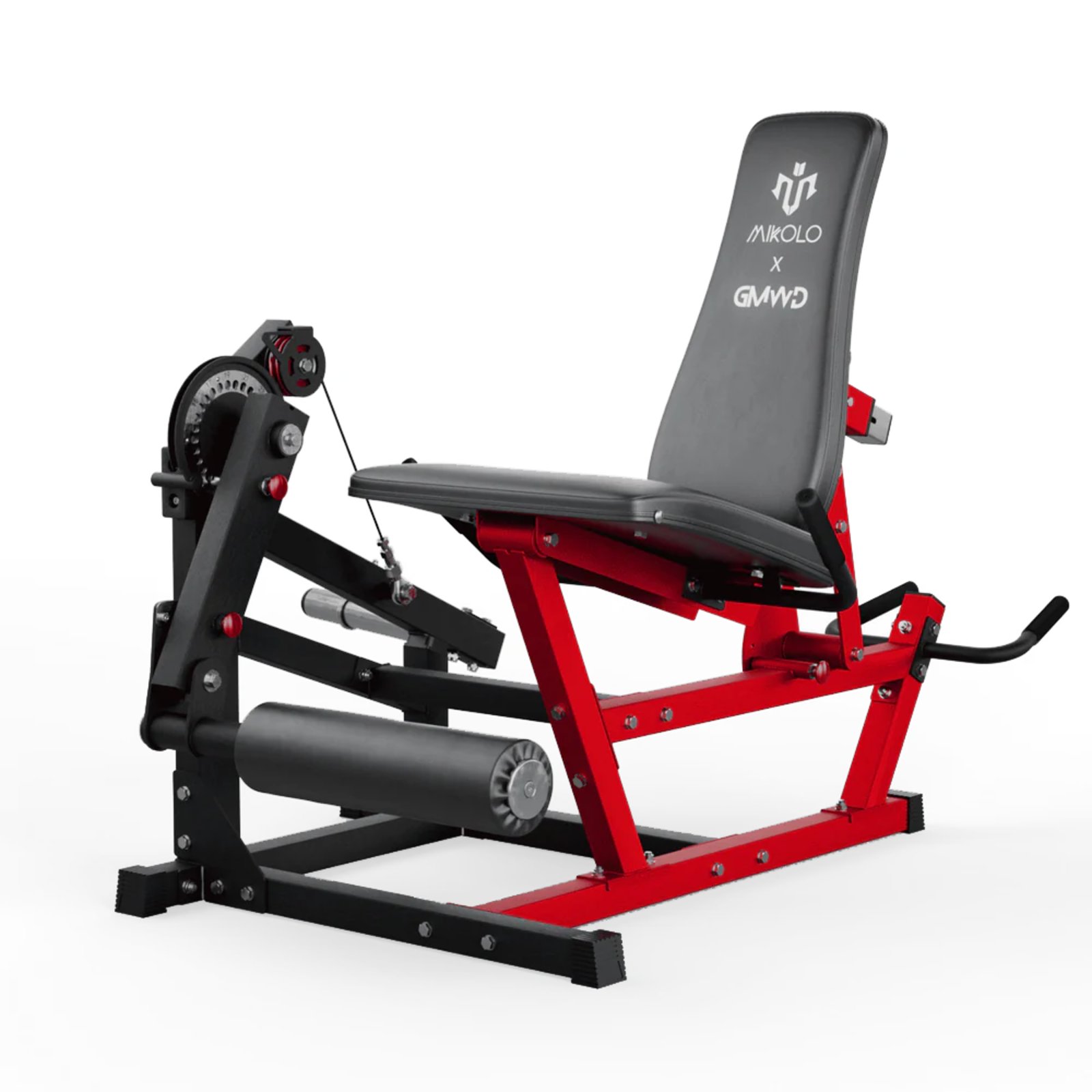
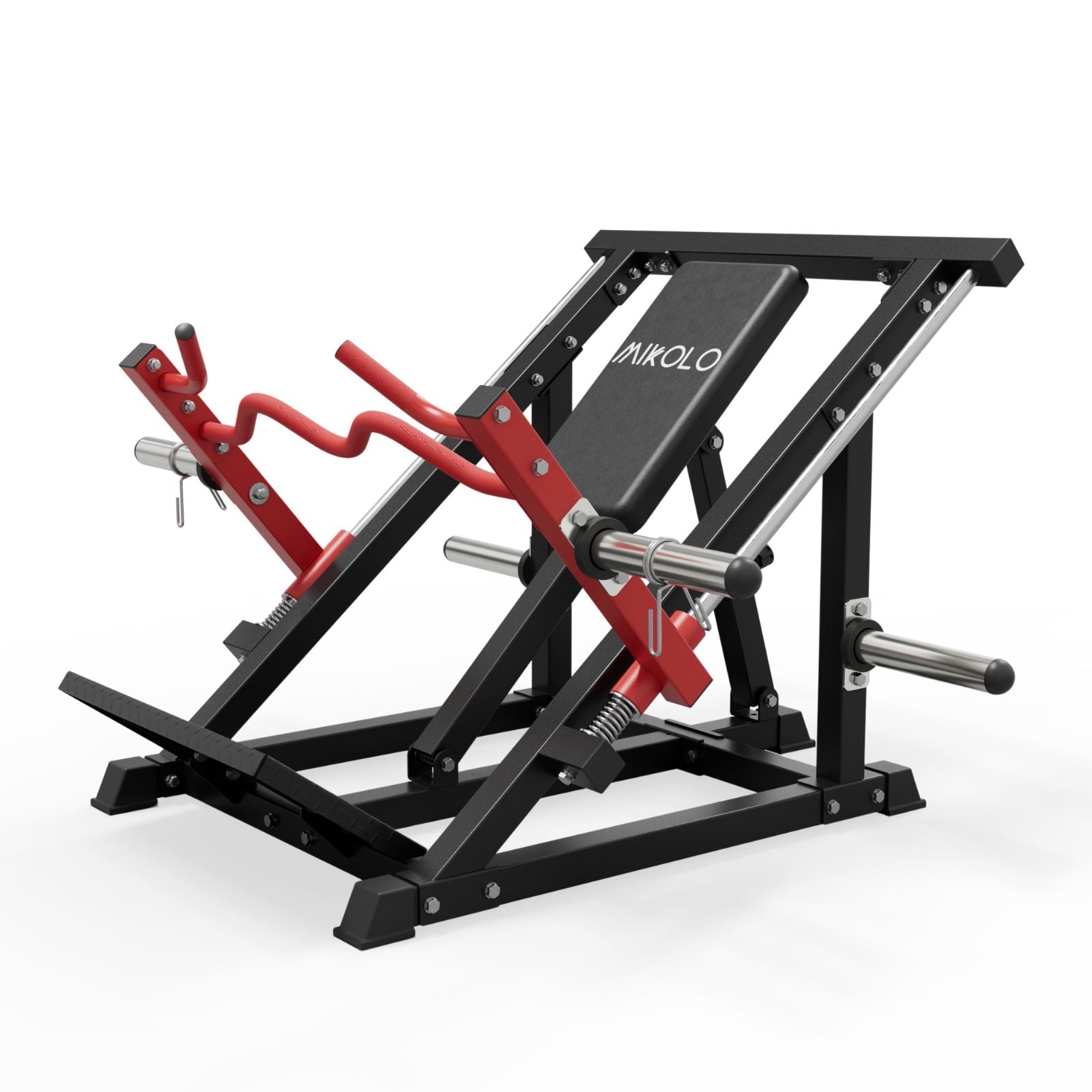

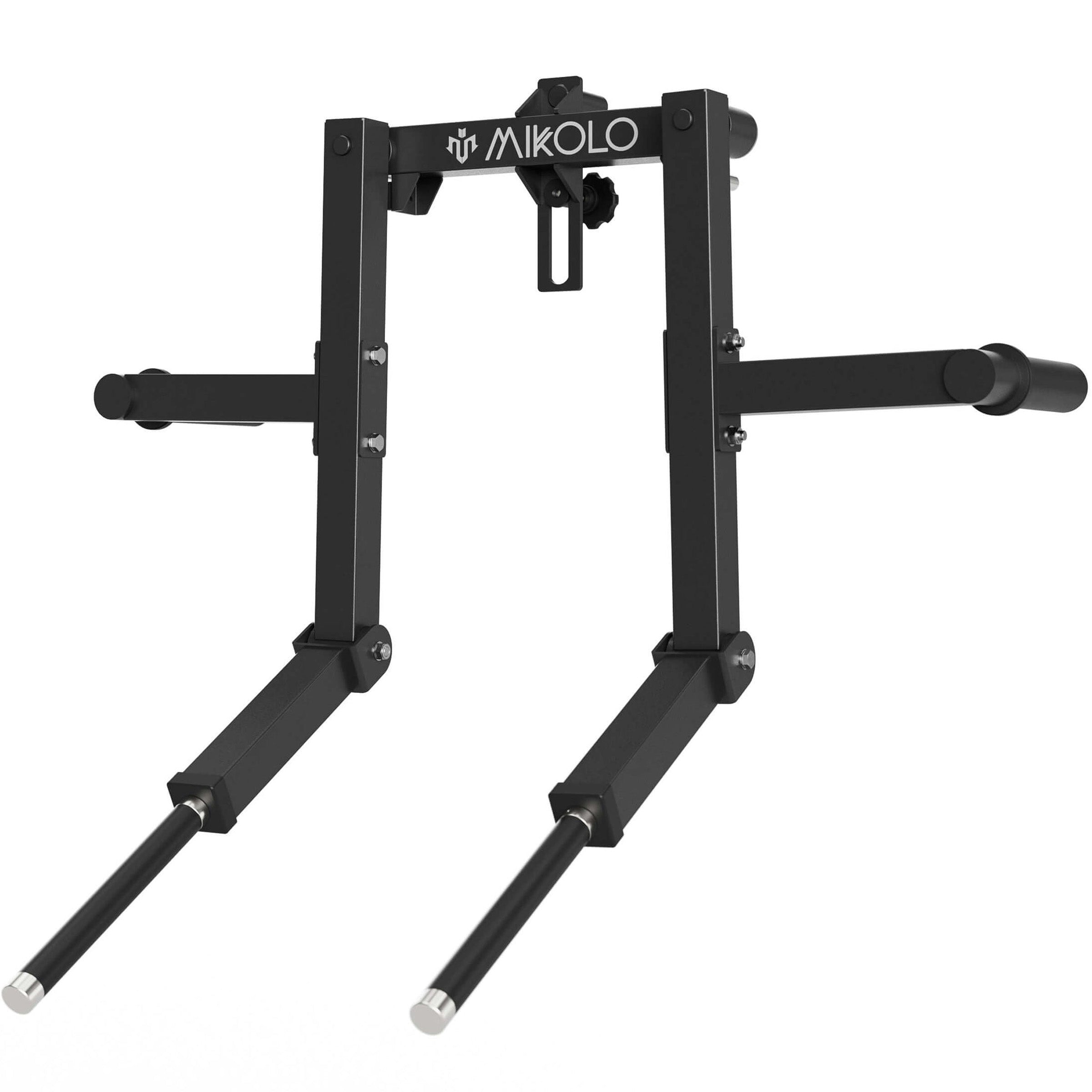
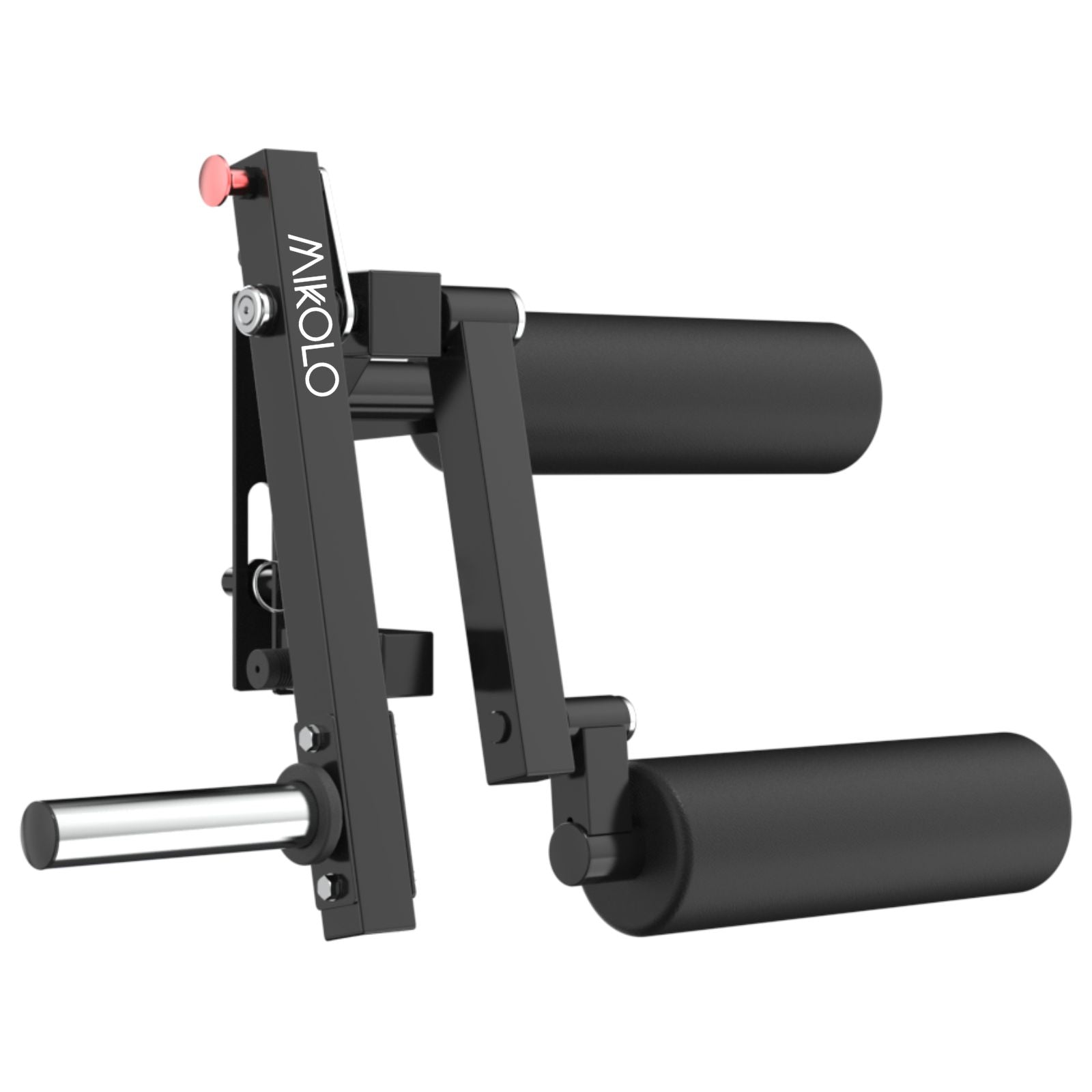



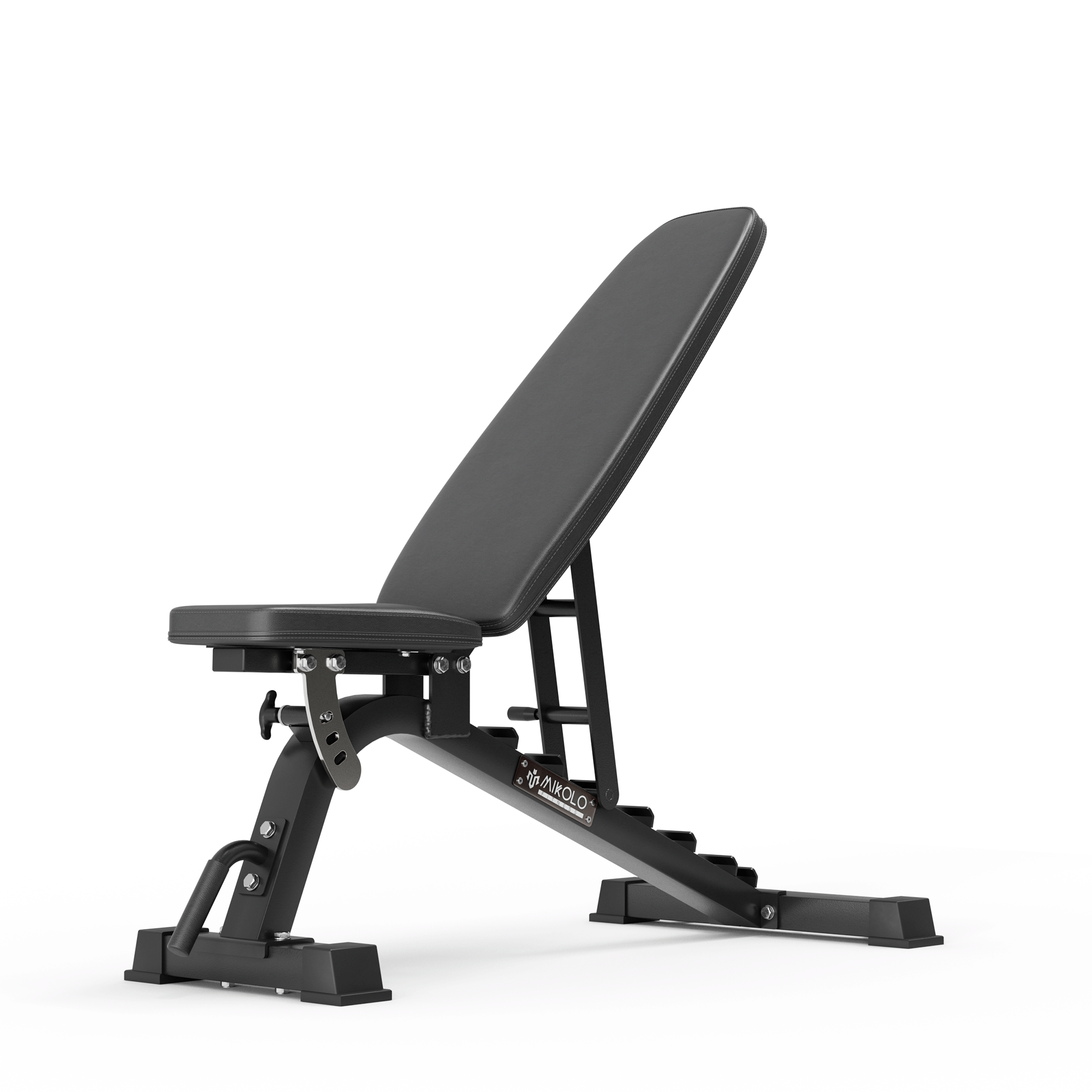












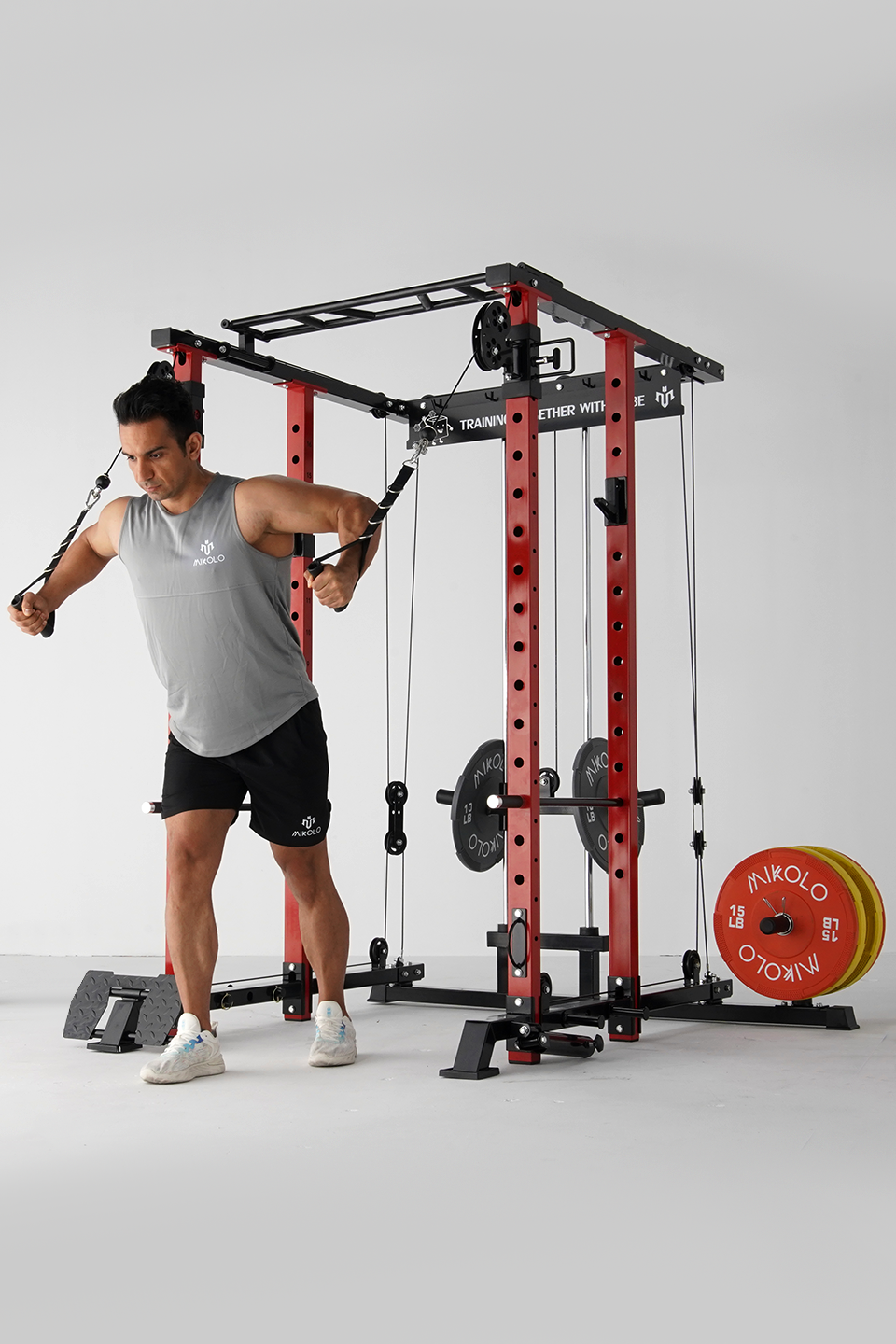



Leave a comment
This site is protected by hCaptcha and the hCaptcha Privacy Policy and Terms of Service apply.